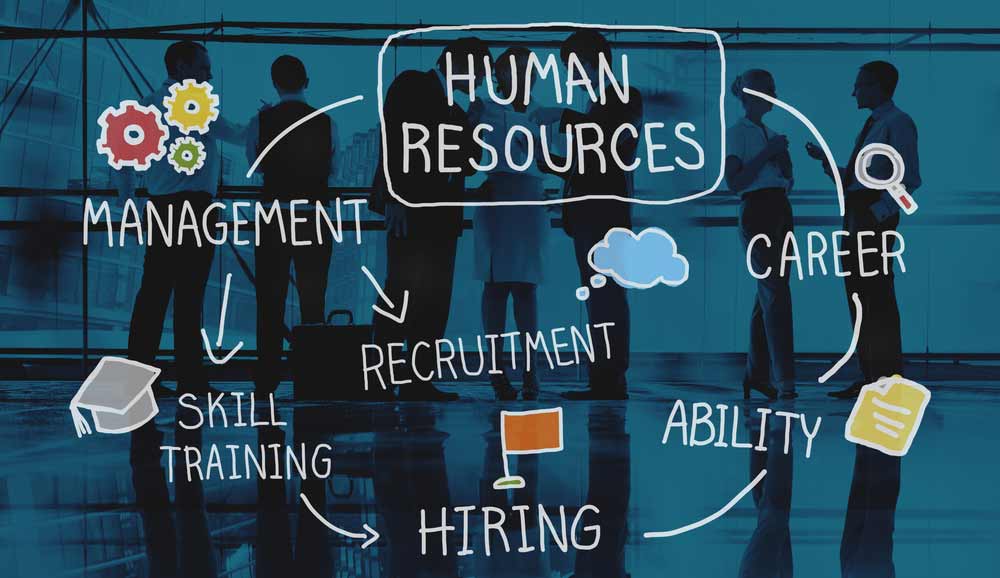E-employment trends
About 92% of companies in the USA have started using social media, including 93% shares, 66%, and 54% of LinkedIn, Facebook, and Twitter. There has been an 85% increase since 2007 in using social media to find jobs (Salmen, 2012).
Thus,
Table 1.0 compares Generations forms why e-Recruitment has become an HRM item.
Table 1.0 Personal
and Lifestyle Characteristics by Generation:
|
The Veterans (1922-1945) |
Baby Boomers (1946-1964) |
Generation X (1965-1980) |
Generation Y (1981-2000) |
|
|
Work is... |
An obligation |
An exciting adventure |
- A difficult challenge - A contract |
- A means to an end - Fulfillment |
|
Communication Media |
- Rotary phones - One-on-one - Write a memo |
- Touch-tone phones - Call me anytime |
- Cell phones - Call me only at work |
- Internet - Picture phones - E-mail - Social media |
|
Leadership Style |
- Directive - Command and control |
- Consensual - Collegial |
- Everyone is the same - Challenge others - Ask why |
- *N/A |
|
Interactive Style |
Individual |
- Team player - Loves to have meetings |
Entrepreneur |
- Participative |
|
Communications |
Formal Memo |
In Person |
- Direct - Immediate |
- E-mail - Voice mail |
The diagram above shows how human habits change from one generation to the next. Accordingly, it is clear that the era in which we live is computerized and the current generation is particularly fond of e-methods compared to previous generations. The main mode of employment is communication. Communication today is almost entirely influenced by the Internet and Socialism. That’s why good employee acquisition, many organizations switch or switch to the E-Recruitment system in employment.
In Sweden, a Tengai Robot helps to conduct interviews, which
is not biased in terms of gender, race, nationality, age, relationships, or
other factors that can judge or create an already constructed image. The Robot
provides feedback and personal actions such as smiles that help expand their
real ideas (Henry,
2019).
Figure 1.0: The
e-recruitment landscape
The diagram above shows how the system evaluates CVs and the relevant shortlists to help Applicants get results faster if basic qualifications are met or not. Ex: - Basic educational qualifications, age, and at the same time protect privacy, data protection is why, it promotes the diversity of candidates (IES, 2003). In terms of Figure 1.0, the applicant is connected to the central system in which the Line Manager is involved in this process. In addition, the HR and the Employment Agency in the diagram above play an important role in recruiting the right people within the Organization's objectives. (IES, 2003).
Example of
e-recruitment
In the Banking sector hire people through the Company website online. However, Job's traditional (newspaper) and modern electronic advertisements (social media, online advertising) reach a larger pool of active and inactive applicants. In accordance with the diagram above, Applicants are requested to submit their CVs through our Company's employment website. The Internet testing tool then enables the Bank to automatically evaluate the qualifications and select the applicants according to the expected basic requirements. This helps the Bank to avoid going through a large pool of incomplete and inappropriate forms and a quick response from candidates about the space used.
The HR Dept will then request eligible candidates to proceed with the screening process. Finally, they hire candidates to meet the expectations of management.
Conclusion
The number of
organizations that share online resources is increasing day by day, regardless
of the Business they are affiliated with. It is because of the global situation
and the impact of the Internet on modern society. So hiring people has become
much easier to select people from anywhere in the world. The Organization can
be recognized internationally and continues to assist the Organization to
maintain the records of employees, and their performance in the administration of
transfers, transfers, and grievance management. (Ankita, J, Ankita G, 2014).
References:
Ankita, J, Ankita G (2014),
E-Recruitment & E- Human Resource Management Challenges in the Flat World:
A Case Study of Indian Banking Industry (with Special Reference to ICICI Bank,
Jaipur), International Journal of Scientific and Research Publications, 4(1),
P.3. Accessed 2 Aug. 2023.
Hammill, G. (2005), Mixing and Managing
Four Generations of Employees, FDU Magazine Online,,. Accessed 1 Aug. 2023.
Henry, B (2019), This Robot Interviewer
Is Helping Sweden Recruit without Bias, World Economic Forum, < Https://Www.weforum.org/Agenda/2019/07/Sweden-Robot-Remove-Bias-From-Recruitment?Fbclid=IwAR3v9ro8r09x9PwXe_XLsqTZxGpf_lmWCvfEQ8Xz0uSeUOS5HMFsr0HsS98>.
Accessed 1 Aug. 2023.
IES (2003), Cited in Report Summary:
E-Recruitment: Is It Delivering?, . Accessed 1 Aug. 2023.
Salmen, (2012), Cited in Maureen, S.
(2014), E-Recruitment: A Comparison with Traditional Recruitment and the
Influences of Social Media, BBA Thesis, Helsinki Metropolia University of
Applied Sciences. Accessed 2 Aug. 2023.
Tengai Unbiased, (2019), about Tengai,,
Accessed 2 Aug. 2023.














